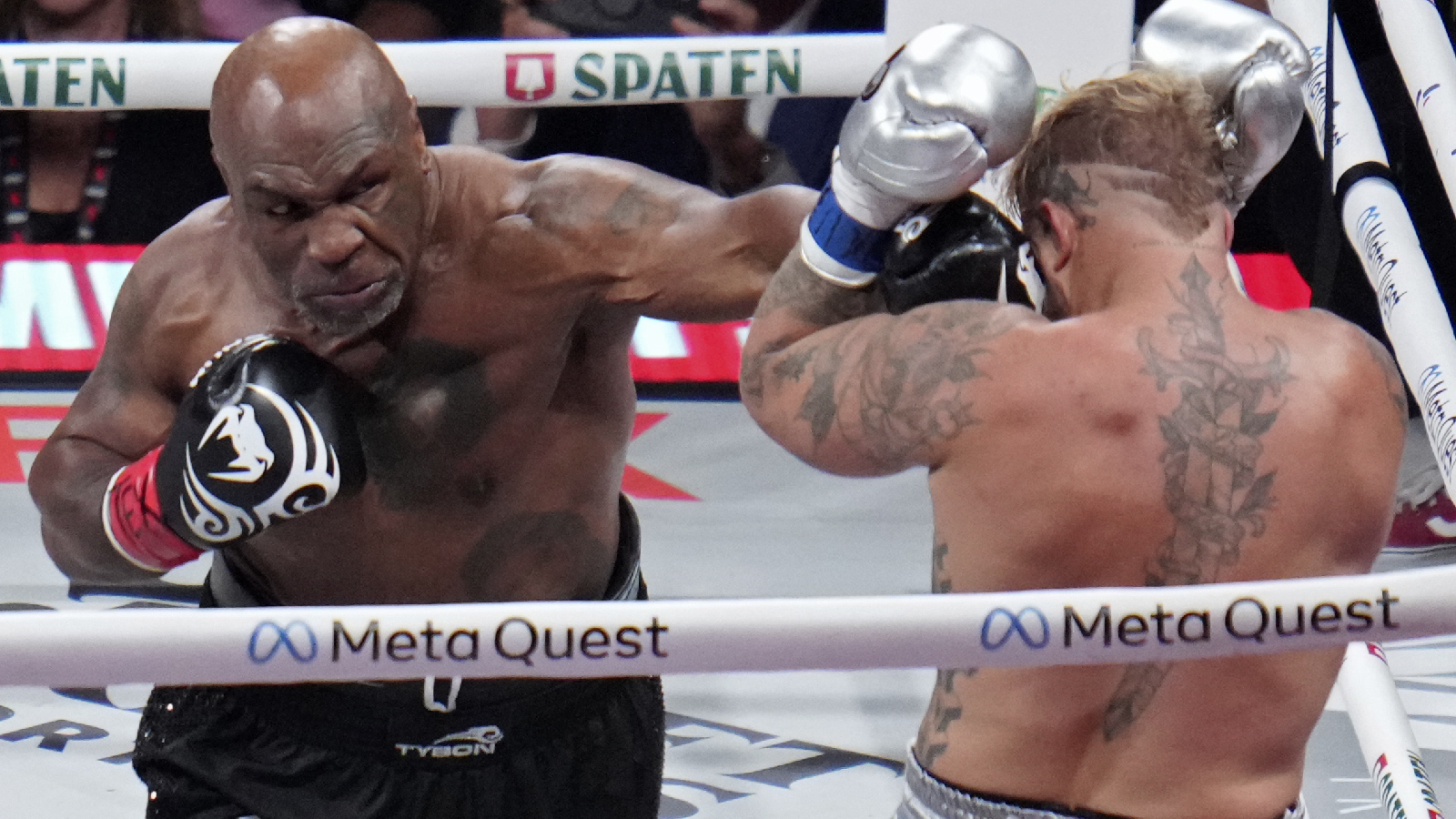 |
|
The highly anticipated boxing match between Mike Tyson and Jake Paul, a clash of generations and styles, concluded with a unanimous decision victory for the younger Paul. While the fight itself drew significant criticism for its perceived lack of competitiveness and Tyson's visibly diminished physical state, the event generated immense buzz, particularly highlighting the financial windfall for Tyson and the streaming success on Netflix. Tyson, despite his significantly reduced punching output (a mere 18 of 97 punches thrown), completed all eight rounds, a feat he himself seemed proud of, showcasing the emotional weight of the fight for him and his family. The fight's success can also be attributed to the novelty factor: a legend of boxing facing a popular social media personality, a matchup that transcended the sport itself, attracting a broad audience far beyond traditional boxing fans.
The financial implications of the match are staggering. Tyson, despite a storied boxing career that once generated hundreds of millions of dollars, faced financial difficulties in the past. This fight, however, netted him a substantial $20 million payday – doubling his estimated net worth before the event. This financial security clearly played a significant role in his decision to participate, showcasing the practical aspects that often intertwine with professional athletes' decisions, especially when considering previous financial struggles and the need to secure the future for his children. In contrast, Jake Paul, already a millionaire from his online endeavors, added another substantial sum to his considerable fortune, further cementing his position as a successful, albeit controversial, figure in the world of entertainment and boxing.
Beyond the financial aspects, the fight exposed the complexities of aging and legacy in professional sports. Tyson's 8 blood transfusions in the lead-up to the event highlighted the significant health challenges he faced. This underscores the inherent risks involved in professional boxing, especially at an advanced age. While the fight was a spectacle and a source of entertainment for many, it simultaneously highlighted the physical toll that years of intense competition have taken on Tyson's body. The fight also revealed that even past-their-prime athletes hold tremendous marketability, capable of attracting large audiences and delivering significant financial returns, particularly when shrewdly positioned within a broader entertainment framework.
The technological aspect of the fight cannot be overlooked. Netflix's live streaming of the event reportedly attracted 60 million households, demonstrating the growing potential of streaming services in broadcasting live sporting events. While technical glitches occurred, the overall success of the streaming venture signals a shift in how sports are consumed and distributed. This showcases the evolving landscape of sports media and its convergence with streaming technology. The remarkable viewership suggests that such high-profile, even unconventional, boxing matches can draw enormous audiences through innovative methods of broadcasting, a trend likely to continue as streaming platforms increasingly seek to secure rights to high-profile sports events.
In conclusion, the Mike Tyson versus Jake Paul fight was much more than a simple boxing match. It was a complex event with far-reaching implications across finance, entertainment, and technology. Tyson's significant earnings highlighted the enduring value of even a 'past-his-prime' athlete, while Paul's continued success solidified his status as a savvy entrepreneur and entertainer. Netflix's massive viewership figures demonstrate the potential of streaming platforms in reshaping the sports broadcasting industry. While the fight was met with criticism, its enduring impact on various sectors remains undeniable.
